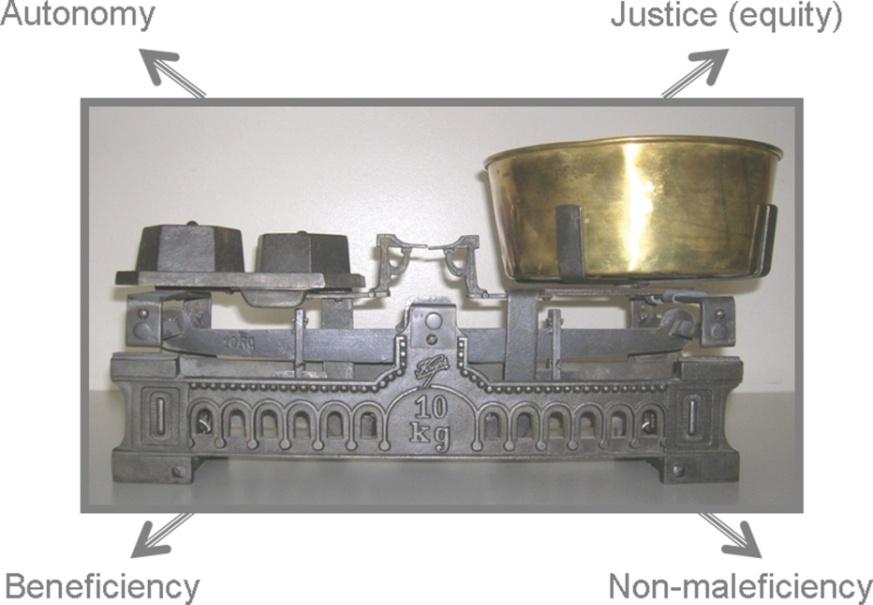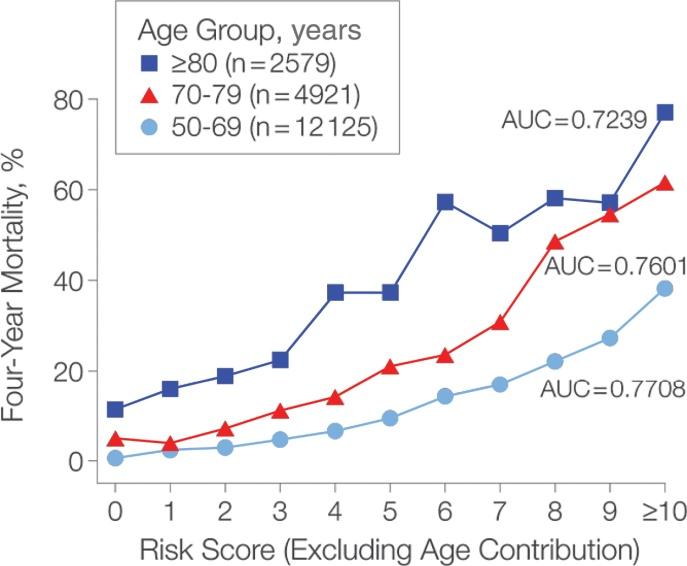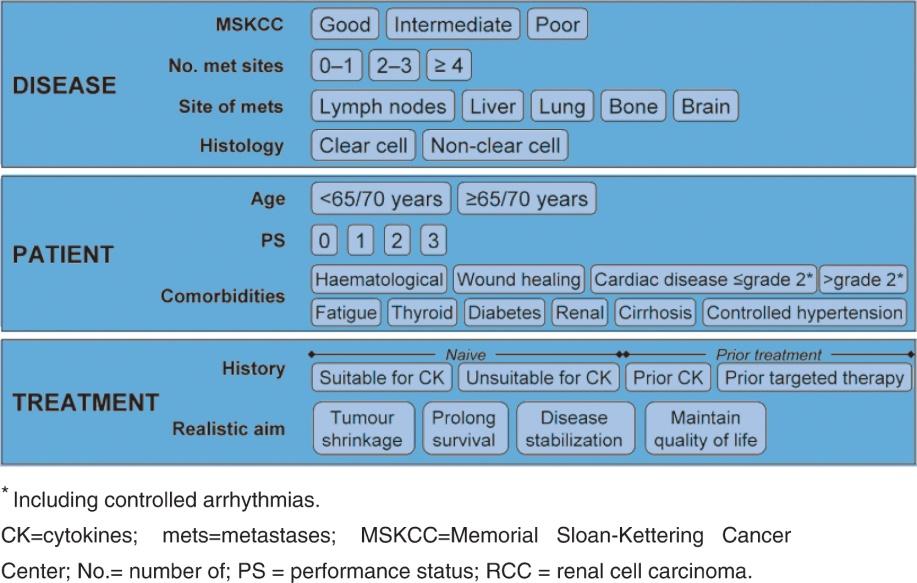
1 minute read
Short Screening Tools
One should note the importance of doing an early geriatric screening. This allows using the 2-4 weeks usually needed for an oncology work-up to perform a parallel geriatric workup, if necessary. We provide resources below to accomplish this two-step approach to the onco-geriatric evaluation of older cancer patients.
These are rapid triage tools containing questions which only take a few minutes to answer. They can be used broadly to screen which older patients will need further workup. For example, all new patients aged 70 and older are routinely screened in our clinic.
Advertisement
The International Society of Geriatric Oncology (SIOG) has recently published an extensive systematic review of the tools available, including a copy of each of those instruments (Appendix D). This chapter gives a short summary of the conclusions regarding the clinical use of these tools. The review identified 44 studies reporting on the use of 17 different screening tools in older cancer patients. The tools most studied in these patients are the G8, the Flemish version of the Triage Risk Screening Tool (fTRST) and the Vulnerable Elders Survey-13 (VES-13).
The validity of most tools was tested against a multidimensional assessment with geriatric instruments, or an assessment by a geriatrician.
Across all studies, the highest sensitivity was observed for: G8, fTRST, Oncogeriatric screen, Study of Osteoporotic Fractures, Eastern Cooperative Oncology GroupPerformance Status, Senior Adult Oncology Program (SAOP) 2 screening and Gerhematolim.
In 11 direct comparisons (comparing two or more screening tools) for detecting problems on a full geriatric assessment (GA), the G8 was more or equally sensitive than other





